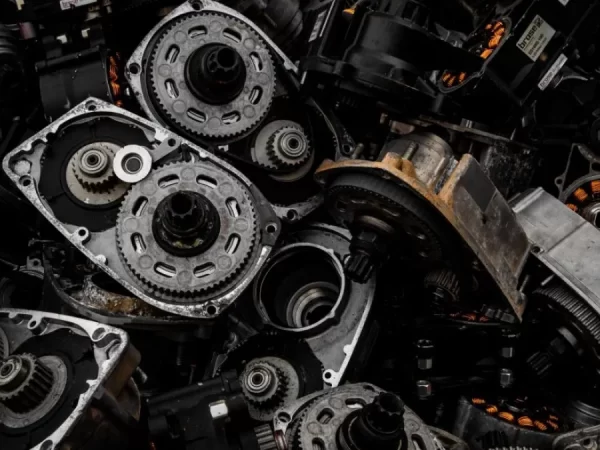If you’ve ever wondered how the parts of your vehicle are classified, you’ve come to the right place. Here’s a brief guide to spare parts classification. To help you get started, consider the three types of spare parts: F, S, and N. A quick overview of these categories can help you determine how to organize your store for optimal efficiency. And while you’re at it, don’t forget to check out our tips for improving your purchasing process!
VED (Value-Enabled Design) analysis is another method used for spare parts classification. It works by evaluating the criticality of each part and how it will impact the company’s production downtime. A VED analysis helps you focus your management attention on the most essential items and ensure their availability. You can even compare different spare parts classification models in terms of costs, making a more informed decision.
The type of spare part you need to buy depends on its application and its functionality. These parts are generally low-value, but require frequent replacement. Wear and tear spares need to be replaced after a certain number of hours. Consumable spares are used frequently, but have no significant value. The cost of wearing out these parts is an expense you won’t be able to afford. However, they can be an important source of spare parts for your business.
The classification of spare parts is a crucial part of any spare parts inventory management program. It helps you define effective safety stocks, and supports scheduled preventive maintenance (PM) programs. It also makes it easier to order parts and place work orders when they’re needed. Remember to update your BOMs to reflect any changes or status changes to the asset. By implementing a BOM, you’ll be on your way to effective spare parts management.
As you can see, this study is designed to help you find the best spare parts classification process for your organization. It is based on the ABC analysis, which is a classic method of spare parts inventory management. Using multiple criteria to classify spare parts will help you determine what’s most important and which parts are not. This will help you manage your inventory and prevent costly mistakes. The next step is to develop a management system.
Among the various types of spare parts, the most common is repairable. However, many are made of consumable materials, which are scrapped when they fail. Because they are low-cost items, their replacement rates tend to be higher than their equivalent repairable parts. In addition, many of these items are cheaper than repairable ones, so purchasing a large lot of them will allow you to find economies of scale.





